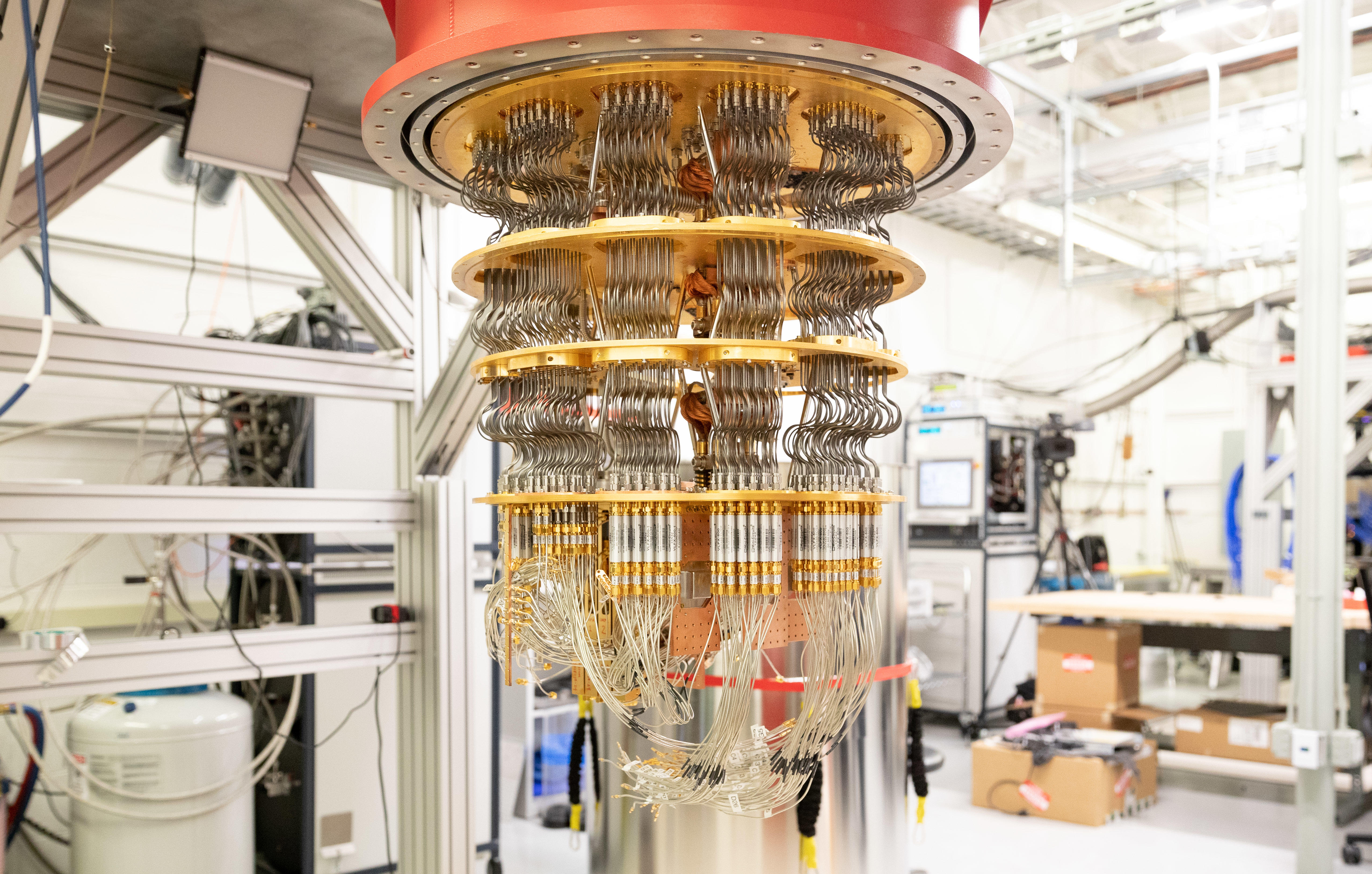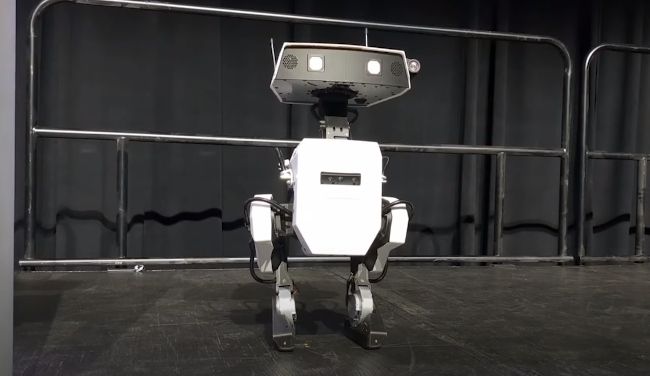Scientists at Google have developed a breakthrough algorithm to reformat traditional physics problems into quantum-compatible representations able to leverage the immense processing potential of quantum computers. Successfully mapping complex classical systems like molecular dynamics or neural connectivity patterns into quantum states unlocks new frontiers analyzing previously intractable phenomena.
Since futuristic quantum machines operate on counterintuitive principles radically different from conventional binary logic, most existing computational tasks require translation before execution. Google’s versatile new encoding scheme centered on balls connected by springs provides a bridge allowing a large class of ubiquitous physics calculations to harness exotic quantum hardware acceleration.
The research published in Physical Review X spearheaded by Google AI Quantum scientists including Ryan Babbush represents a pivotal leap bringing the long-heralded quantum computing revolution tangibly closer for both academic researchers and industrial users. By exponentially speeding up simulations of real-world systems often extremely demanding for traditional supercomputers, their algorithm helps crystallize elusive applications delivering quantum advantage over classical architectures.
Framework Maps Classical Configurations to Quantum States
The breakthrough approach focuses on a versatile conceptual template pervasive in physics – configurations of masses or particles interlinked by forces conceptualized as strings or springs. This flexible representation conveniently describes systems across disciplines like structural mechanics, molecular dynamics, optics, and even neuroscience.
Leveraging intrinsic connections between classical physics equations and quantum mechanical wavefunctions, the Google researchers reformulated ball-spring networks into compatible quantum states. Specifically, the algorithm leverages a specialized form of the famous Schrödinger equation allowing large permutations of masses, springs, and forces to map cleanly to quantum-ready formats.
Remarkably, this strategy applies to diverse phenomena including electromagnetic oscillations, chemical reactions, neural impulses, and other simulations where quantum handling of complex superpositions and entanglements provides efficiency impossible with digital logic. Since the model-to-quantum encoding works directly from raw numerical parameters, users can readily convert a multitude of pre-existing simulations into quantum code without specialized physics knowledge.
Vast Library of Problems to Benefit from Quantum Speedup
Babbush notes their technique unlocks exponential speedups for an important category of classical systems by enabling compatibility with quantum computational power. Analyzing multidimensional particle interactions or waves remains extremely cumbersome for even the most advanced supercomputer arrays, but now migrating to quantum hardware acceleration is straightforward.
The proposed encoding checklist applies universally across vast problem archetypes including both discrete masses and continuous media. As more quantum computational resources come online via clouds or on-premise installations, an enormous library of candidate workloads can transition to blazing fast quantum execution. Modeling phenomena intractable or impossible before shapes up as an early beachhead delivering business value from quantum computing for Google Cloud clients.
Beyond scientific research into chemicals, materials, or particle flows, commercial users stand to benefit modeling pharmaceutical candidates, designing novel proteins, optimizing complex manufacturing processes, and more. Google continues investing aggressively developing its leading-edge quantum computing hardware and software stack to cement dominance across the emerging quantum ecosystem as organizations explore the technology’s disruptive potential.


















